Catching some air on the slopes this season? Keep in mind, you’re also catching ultraviolet rays from the sun. Obviously, wearing proper eye protection when…
READ MORECategory: Injury Prevention and Treatment
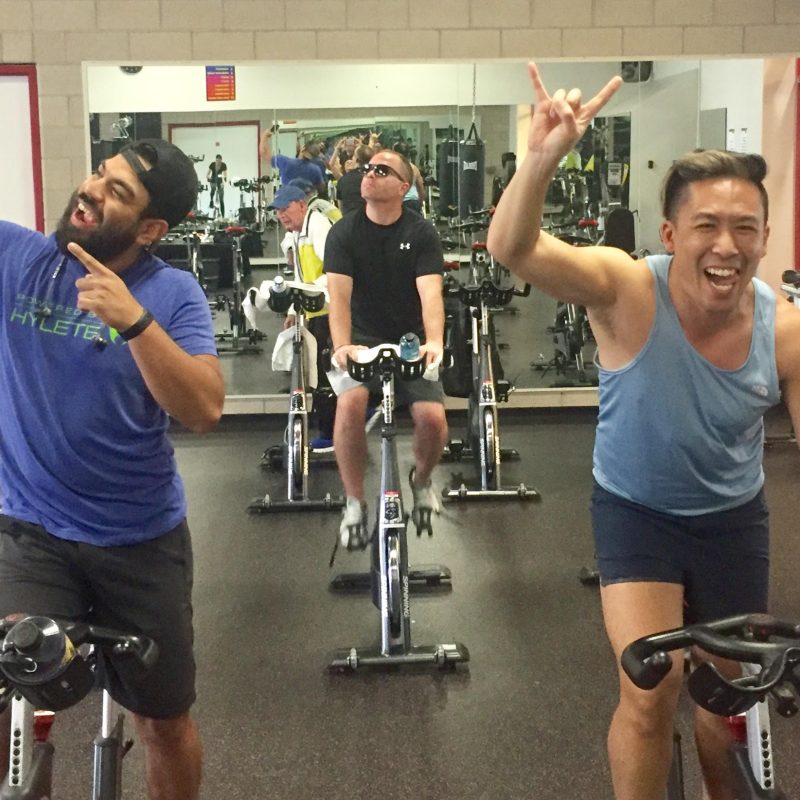
4 Contraindicated Cycling Exercises with Modifications: Considerations for Spinning
Are your cycling-crazed personal training clients partying on the pedals without your watchful eye to keep them safe? Indoor cycling companies are all the rage…
READ MORE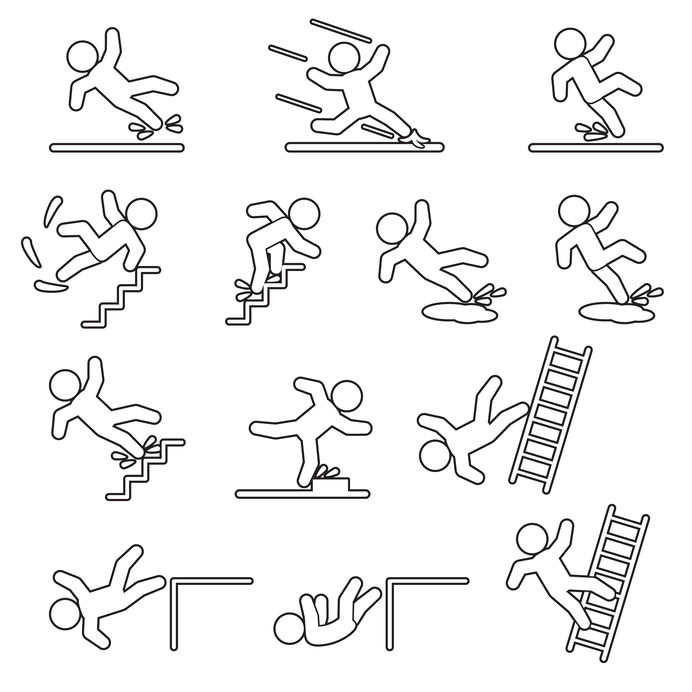
Tips On Falling Safely And Injury-Free
There are valuable tools a personal trainer can add to a client’s repertoire that will improve overall functionality and resiliency, among which falling safely is…
READ MORE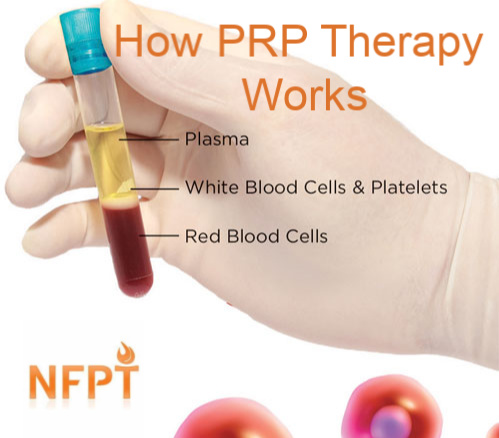
PRP Therapy: An Approach to Healing Pain and Injuries
When pain is great enough to impact exercise habits or even activities of daily life, clients may pursue medical interventions and burgeoning therapies to help…
READ MORE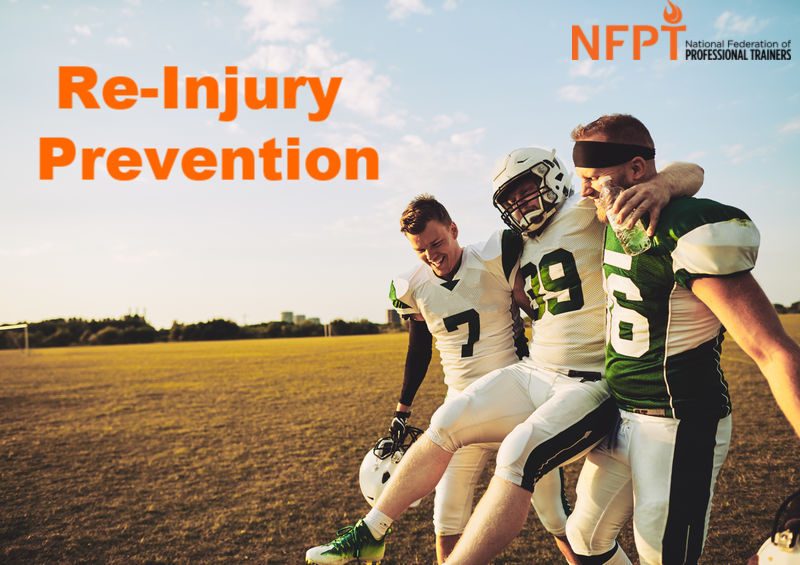
Re-Injury Prevention: A Fresh Perspective on a Prevalent Problem
Incomplete rehabilitation in athletes, as well as the general fitness population, has led to an unfortunate re-injury epidemic. Should our goal as trainers be to…
READ MORE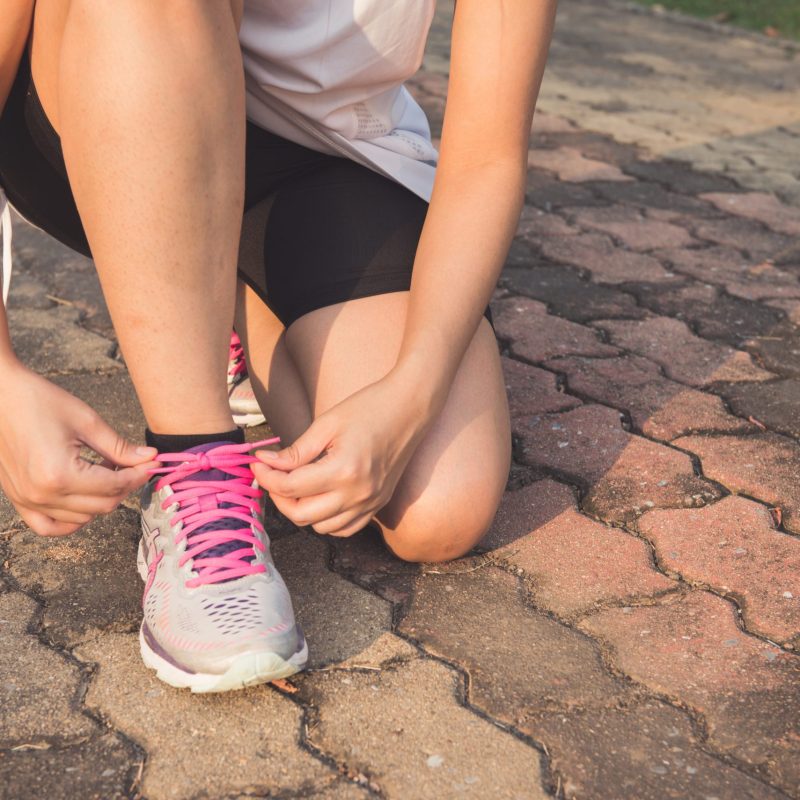
Shin Splits: Why Your Lower Legs May Hurt and What to Do
Shin splints, or as it is clinically referred to, medial tibial stress syndrome, affects one percent of the population per year, but what is it?…
READ MORE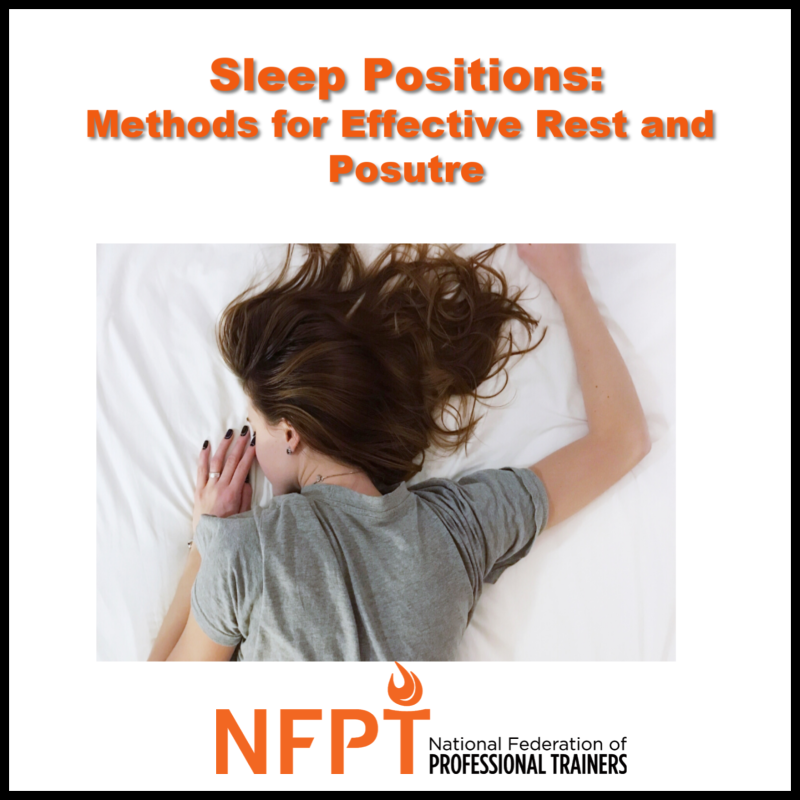
Sleep Positions: Methods for Effective Rest and Posture
The purpose of sleep is to rest and recover from the strain of the every day and the added stress of intentional exercise and training.…
READ MORE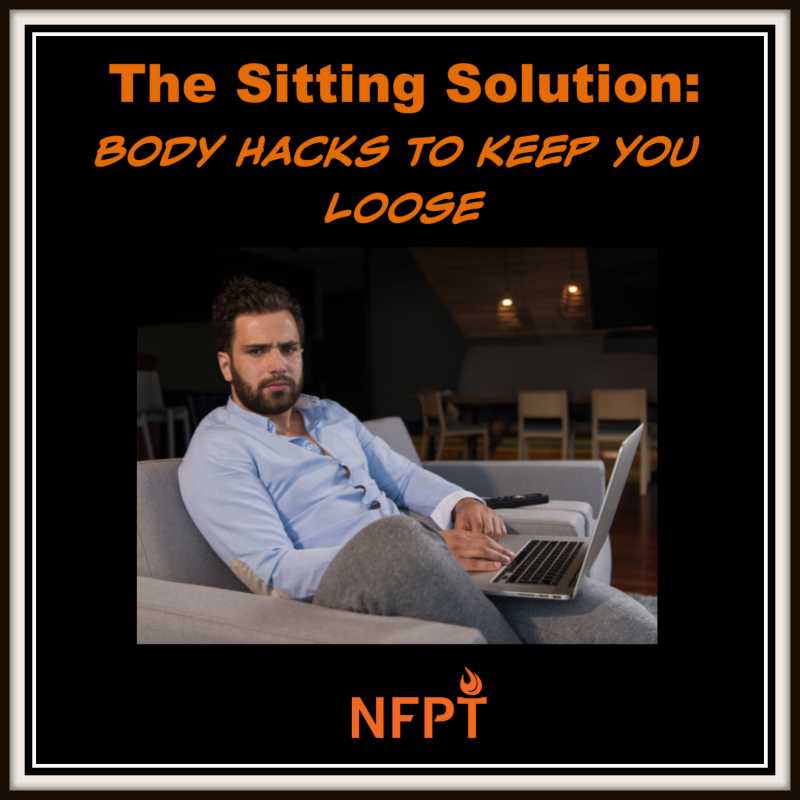
The Sitting Solution: Body Hacks to Keep You Loose While Stuck Inside
It’s a quarantine conundrum…as the body adapts to staying at home, how do we avoid the deleterious effects of our home behaviors? We all know…
READ MORE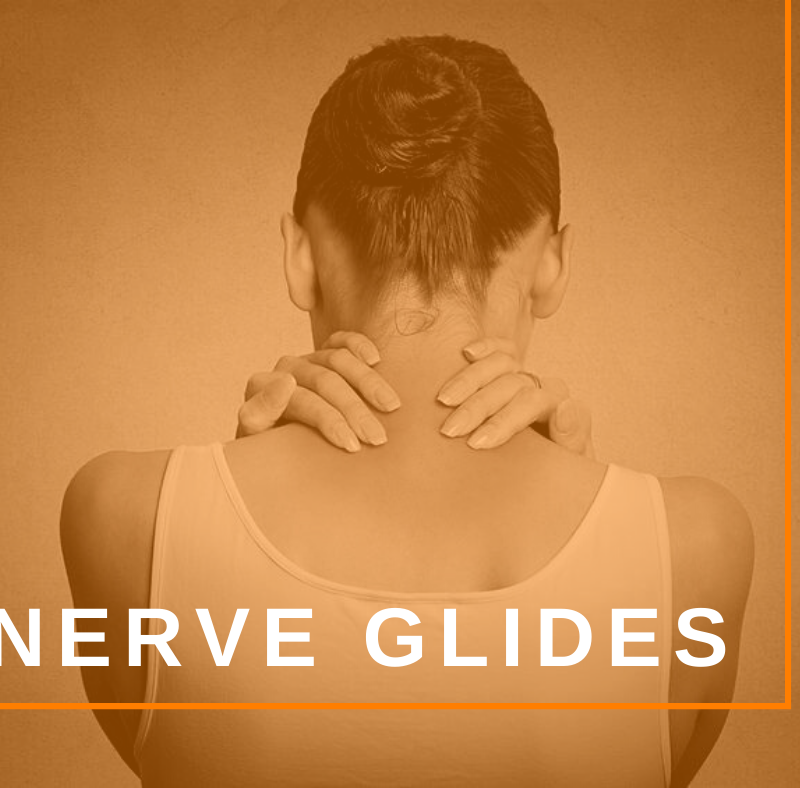
Nerve Glides: Flossing Away Pain
Often we instruct our personal training clients to help work out muscular tension and pain with static or even dynamic stretching. When this doesn’t resolve…
READ MORE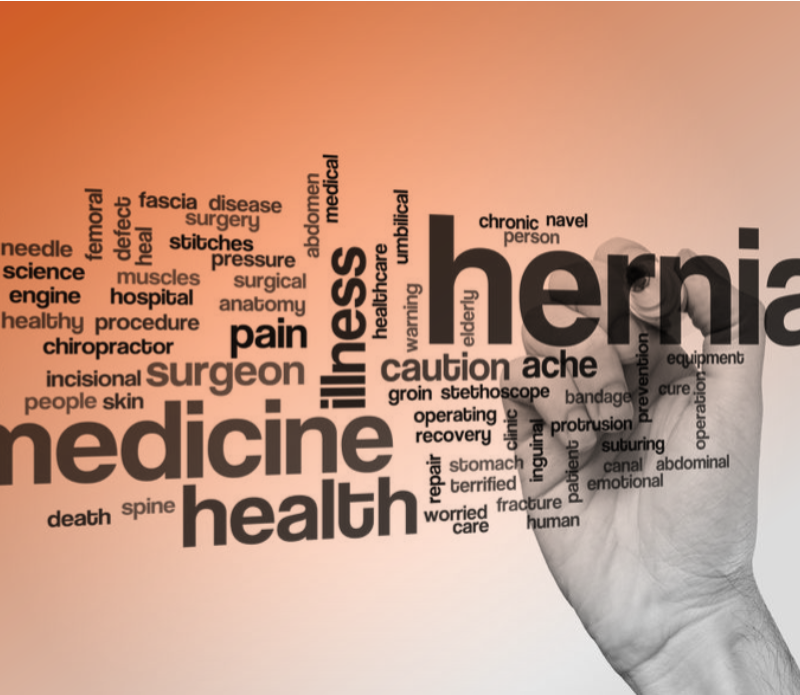
Hernia Healing: Start With Prevention
Each year, hernias affect more than 5 million Americans. Unfortunately, many individuals either choose to self-diagnose/treat or ignore the symptoms, both of which can have…
READ MORE
Blue Blockers to Prevent Eye Strain
Fitness trends come and go. Early on, I thought Virtual Personal Training was going to be one of those. But with many states still under…
READ MORE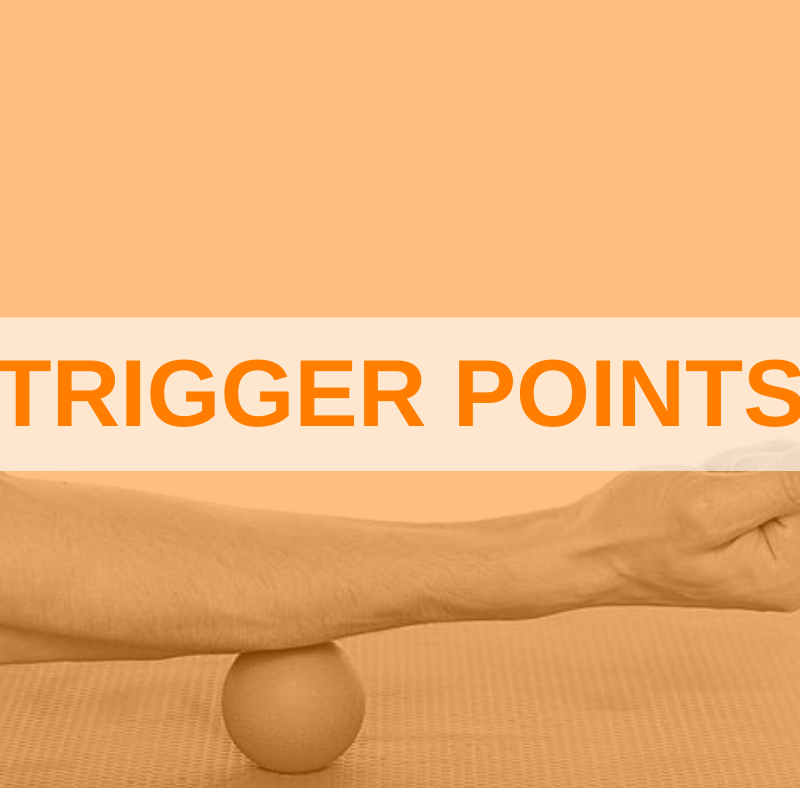
What Are Trigger Points?
There exists as a ubiquitous part of the human condition a vicious cycle of myofascial pain and compensation that is self-perpetuating and inescapable, and quite…
READ MORE